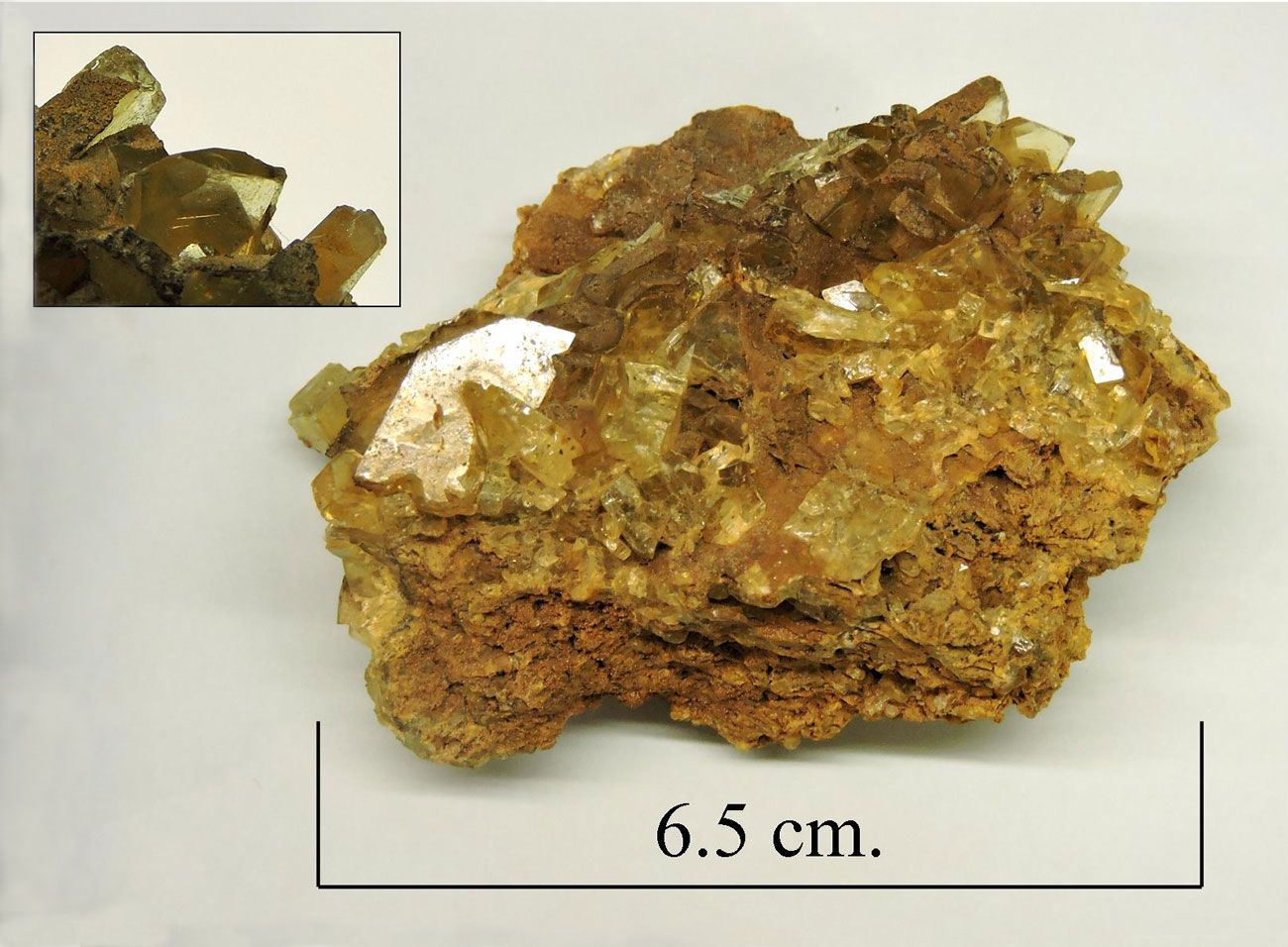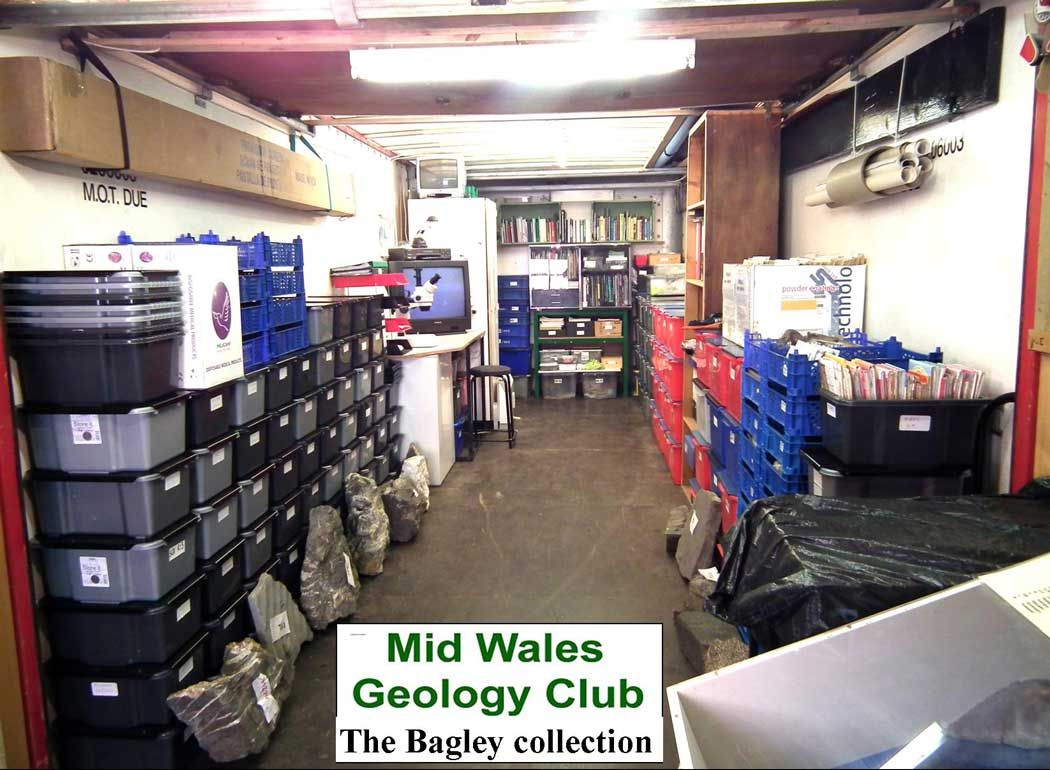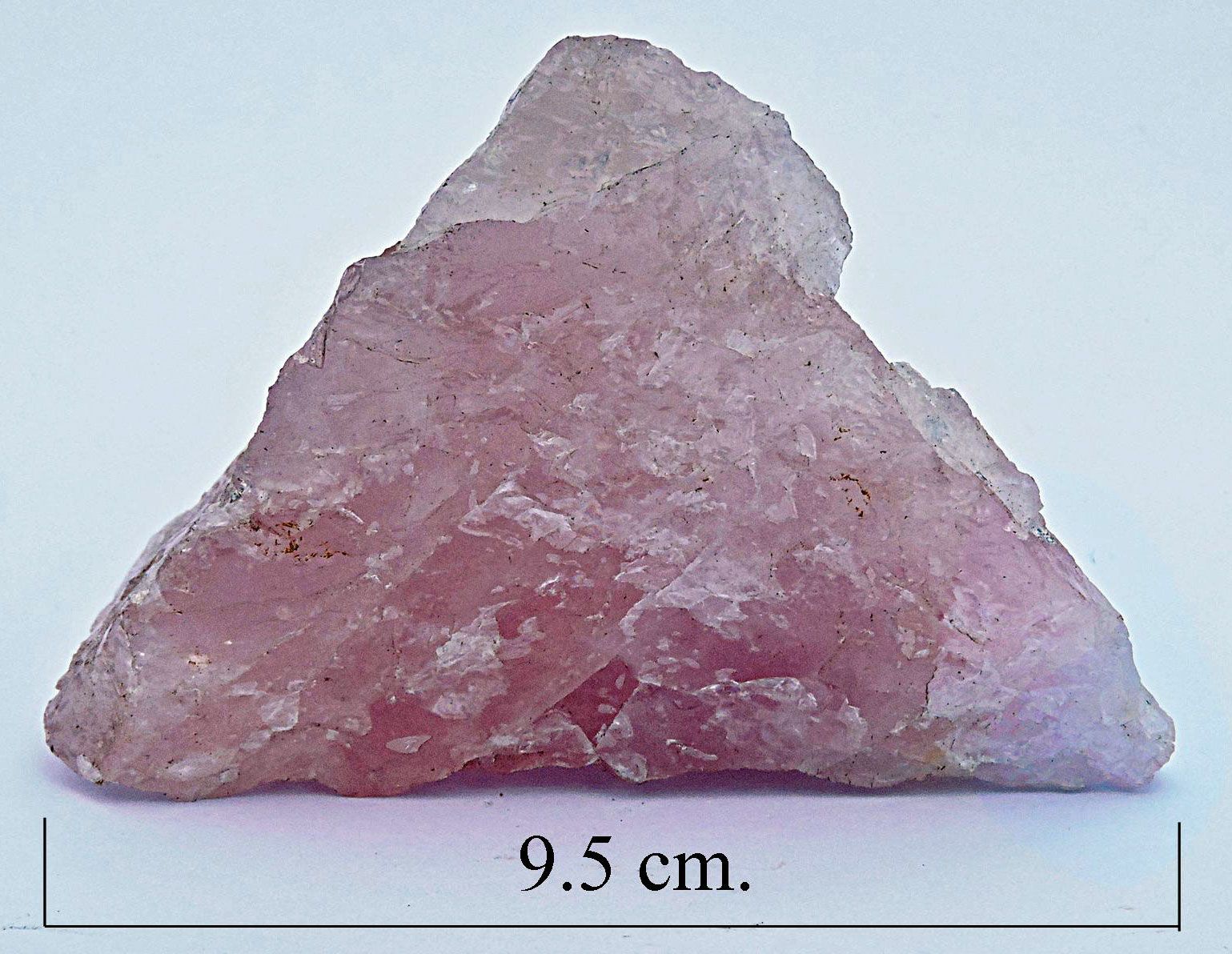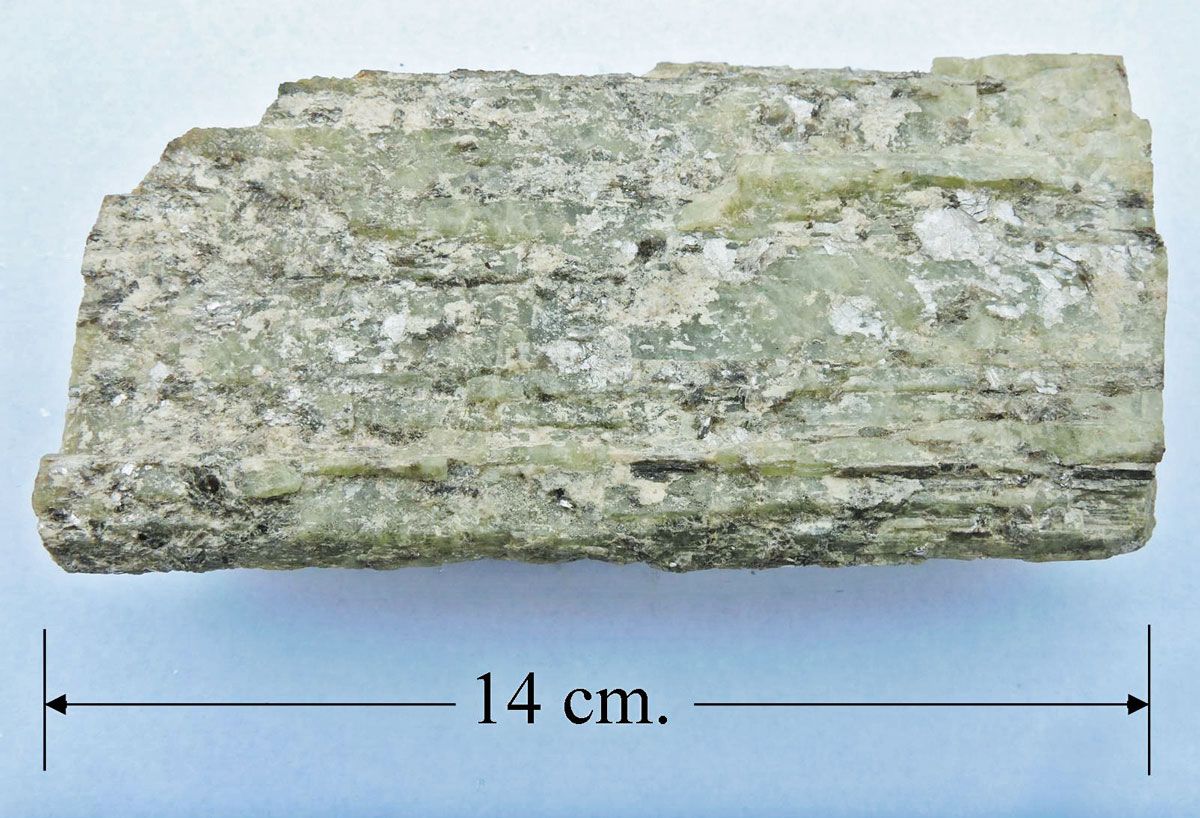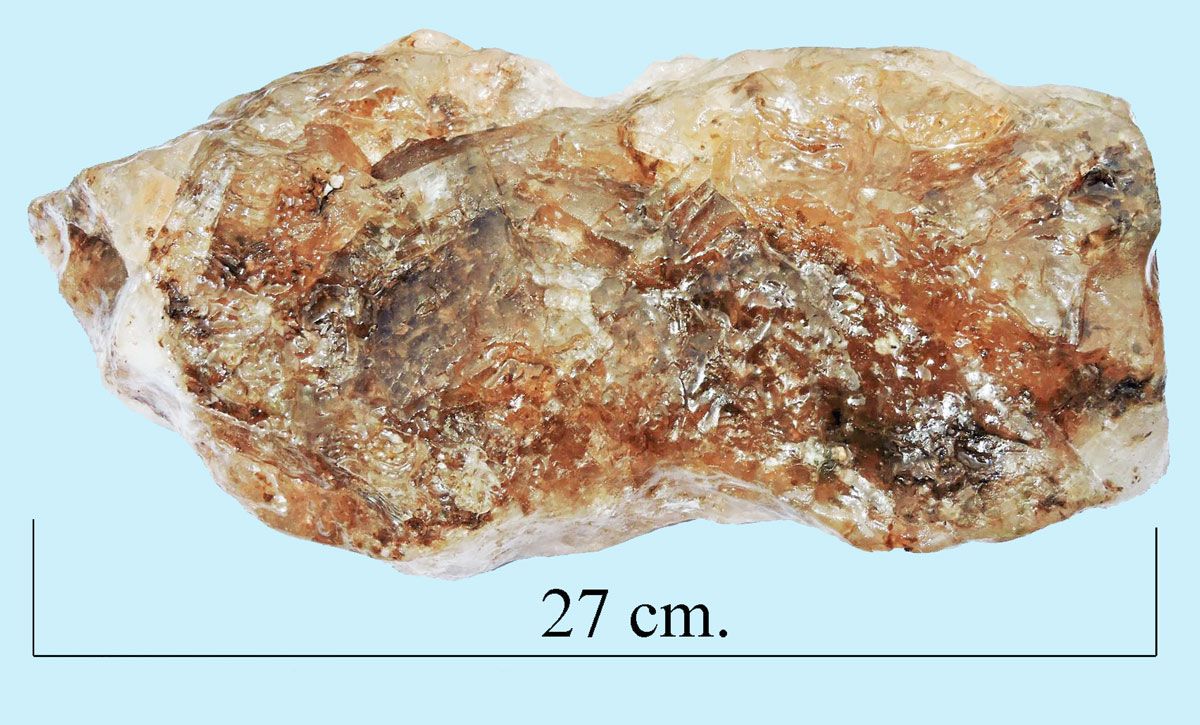A Bagley collection introduction.
I have a very large basement area, and this photograph is my store of all things geological, including my collection of rocks, fossils, and minerals. There are many hundreds of mineral specimens, and it will take me a long time to put all of them on the website. Many minerals have been collected here in the Central Wales Orefield (CWO). Unfortunately many of the sites have been overgrown, or "landscaped", leaving only a handful of local sites which may still yield the odd specimen. The listed specimens can also be viewed in picture format by accessing the "Bagley collection" on the home page. I would appreciate feedback on any of my postings, and thanks for looking.
